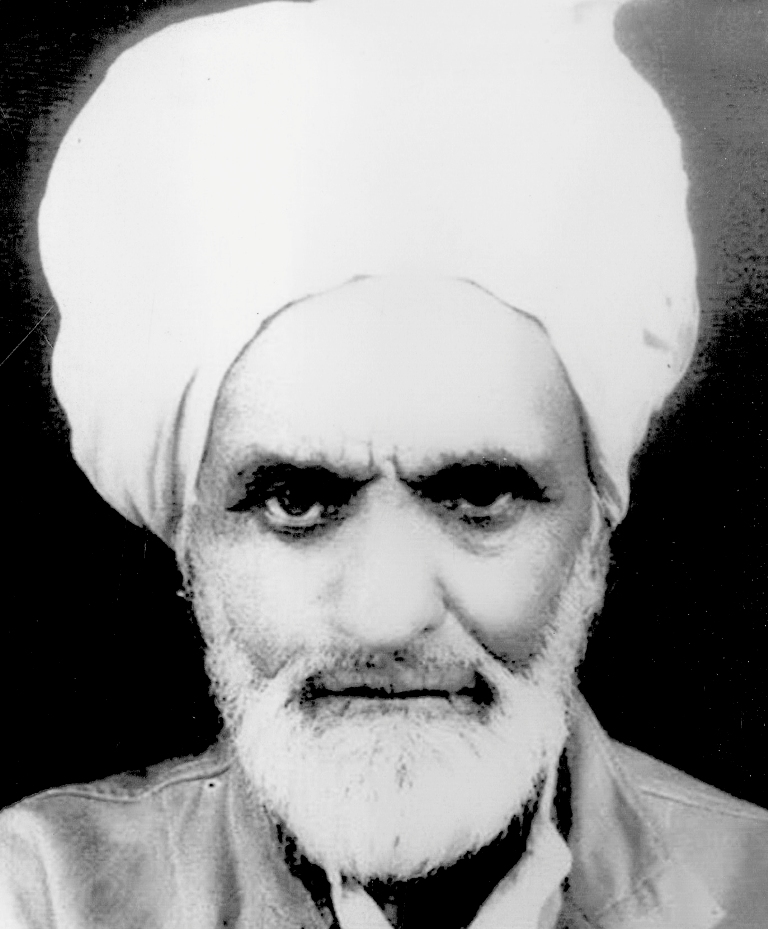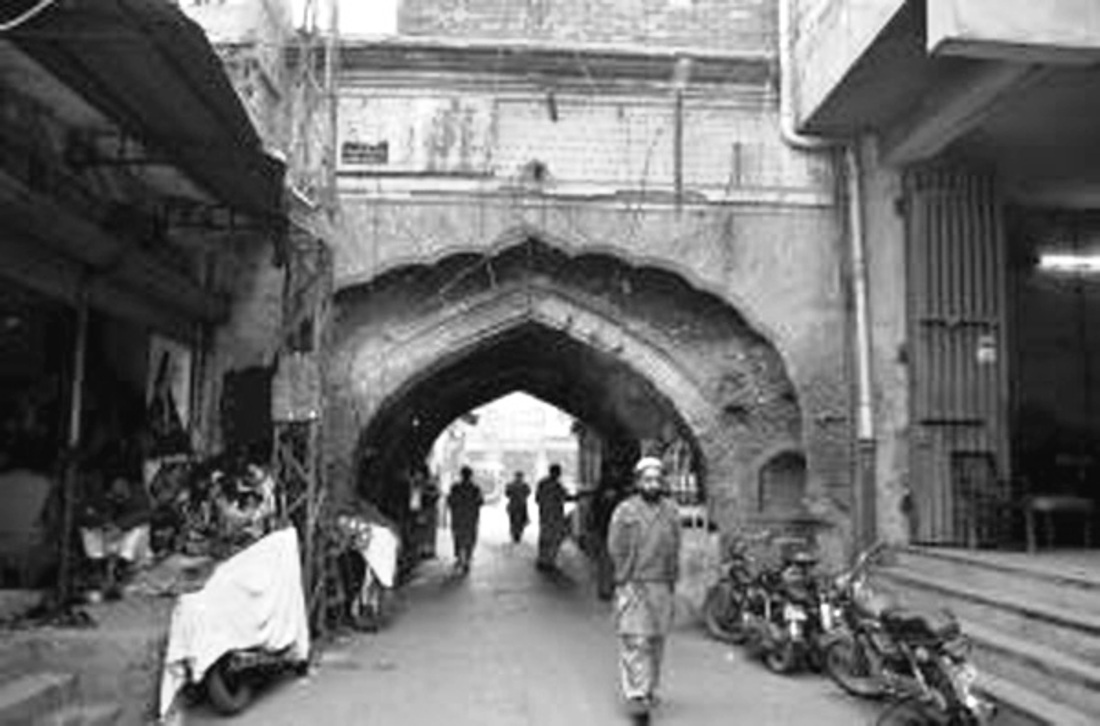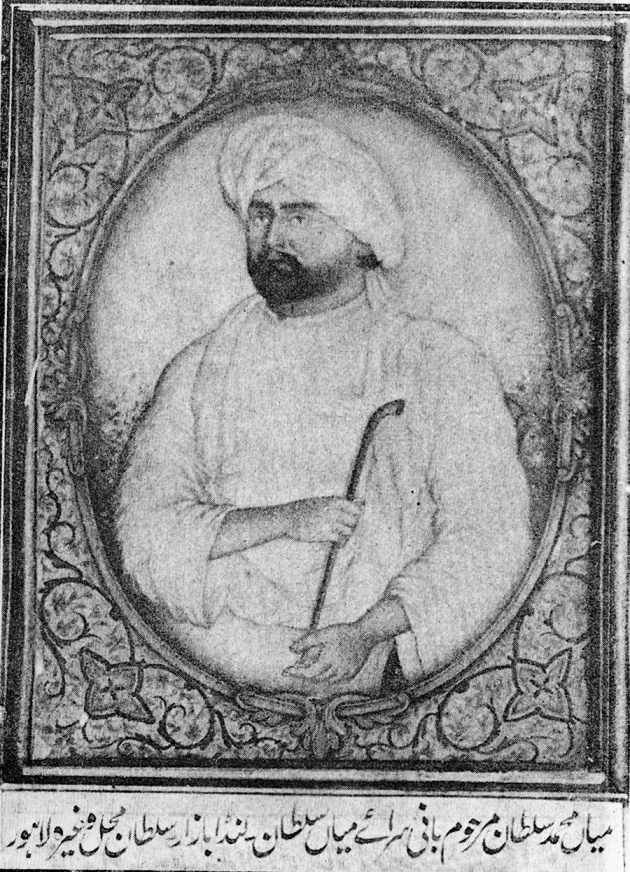For many people who escaped Kashmir’s famine and oppression during the nineteenth century, fate had decided to bestow them with bigger roles in bigger spaces, writes MJ Aslam with a focus on a wrestler

The ravages of famines and oppression of the rulers compelled a large number of Kashmiri Muslims to migrate to the united Punjab during the nineteenth century. For better living and earning dignified livelihoods, hundreds of families shifted to Punjab during the Sikh reign.
Kashmir’s population during the initial Sikh rule was 8, 00,000. Baron Charles von Hugel who was in Kashmir in 1835 records that it was reduced to 200,000, primarily because of migration.
One of the migrant families was that of Sultan Malik, popularly known as Mian Mohammad Sultan, who with his widow-mother migrated from Shahabad (Verinag) Kashmir when Sikh persecution of Kashmiri Muslims was at its peak. He had migrated with the family of Malik Ghulam Hassan. Various other Malik families including Malik Rahmatullah of Naid Gam Shopian migrated to Gujranwala Punjab to escape the Sikh reign of oppression.
Mian Mohammad Sultan belonged to a family of warriors but financially his family was not sound. Mians are Rajput Muslims and some families still lived in Deosar Tral during the stay of erstwhile Land Settlement Commissioner, Sir W R Lawrence. Orphaned at the age of 10, Sultan was hardly 12-13 years old boy when he migrated to Lahore.
At Lahore, Mian established first a soap factory and then a lime kiln. He was a well built young man who had a zeal for wrestling also. In the reign of Maharaja Sher Singh (1841-1843), he defeated a major wrestler. Sher Singh was much impressed by his capacity. He gifted a horse to him, which was a great honour those days from the kings bestowed on their subjects.
Later, Mian arranged and bore the expenses of the marriage of famous wrestler, Mohammad Boota (1844-1904) Pahalwan, who was famed as Rustum i Hind. Boota Pehalwan lays buried beside the grave of Sadat Hassan Mantoo in Mian Sahib Ka Qabristan, Lahore Punjab.

More by luck, less by coincidence, it was the time when Lahore’s forte was under the work of ameliorations when Mian Mohammad Sultan won the wrestling fight. He complained to the Sikh monarch that being poor, he is not much encouraged by the officers who supervise the construction of the government buildings and that he may be granted the contract of supplying lime for the construction of the buildings. The Sikh king granted him the contract of supplying lime (Chuna) for the forte. This opened the gates of fortunes for him.
The wrestling competitions were organised under the orders of Sher Singh. His victory in wrestling over his competitor proved the turning point of life for Mian. As the days passed, he became renowned in Lahore Punjab as a man of great wealth and came to be called Thekedar (contractor), Mian Mohammad Sultan, and not Sultan Malik of Shahabad Kashmir. He not only supplied lime but within years he built several buildings and Kothis in the walled city.
In 1846, the Sikh rule of Punjab came to an end. Now, entire Punjab too was under the British central Rule and Lahore attracted the attention of British Rulers. Mian received several contracts for the construction of Indo-British army colonies in Punjab from the East India Company’s Engineers Section.
This helped Mian to build Railway Station, Landa Bazar, Delhi Darwaza in Lahore besides Mian Sultan Sarai, Atak Bridge, Sultan Mehal and so on. The construction of wells was treated as a work of the great charity in those days. He built a number of wells in the courtyards of all buildings and Havelis for the benefit of the people who admired him for this contribution.
Landa Bazaar of Lahore was a desolate place in the Sikh reign. It was changed to a shopping marketplace by Mian Mohammad Sultan. In 1853, he built an inn for the passengers near Delhi Gate at the highway that connected the two cities of Lahore and Amritsar before the partition. He is also credited with the construction of some Masjids and updated the design of the Khanqah of Hazrat Syed Soof in Lahore in 1852. The people of Punjab did not know that it was Mian Mohammad Sultan Kashmiri who had built the Khanqah of Sufi Buzarg.
On April 1, 1911, when Lord Hardinge, Governor-General of India, visited Lahore, a white stone memorial was set up on the Khanqah that depicts Mian Mohammad Sultan Kashmiri who had modernized the design of construction of the Khanqah. He was a philanthropist. He is credited for decorating the walled city of Lahore with several historical constructions, some of which still exist.
Monuments in British Raj and erected new buildings on those spots. He demolished several gates of the walled city of Lahore to lay the foundation of the modern circular road. Historians, who defend him, suggest that the structures demolished by him had been reduced to mere ruins by the apathy of the Sikh government and vagaries of time. These buildings included ruined structures of the Mughal Era, the bricks of which were used in the reconstruction of new buildings and shops.

Mian had gone from rags to riches over years. He was so wealthy that when the Emir of Afghanistan, Sher Ali khan (reign 1863-1879), visited Lahore in 1869, he arranged a grand feast for the Afghan monarch and spent a lot of money on it. He gifted two costly horses to the Afghan king. In return, he was able to establish strong relations with the Afghan ruler. He had a very good rapport with the authorities back home who often visited his Haveli. In 1876, he also received Prince of Wales Albert Edwards at Lahore.
Business is about the rise and fall, profit and loss. When he suffered a great loss in the business, Mian raised a debt of five lakh rupees from Maharaja Ranbir Singh of Jammu and Kashmir by mortgaging all his personal properties. Maharaja had fixed a monthly pension of Rs 500 rupees for his living. His fortunes declined. He could not repay the debt and the properties were sold to the people. He was issueless. He was always simply dressed with a white turban gracing his head. He was suffering from joint pain and died on February 4, 1876, at Bama Balla Lahore.















